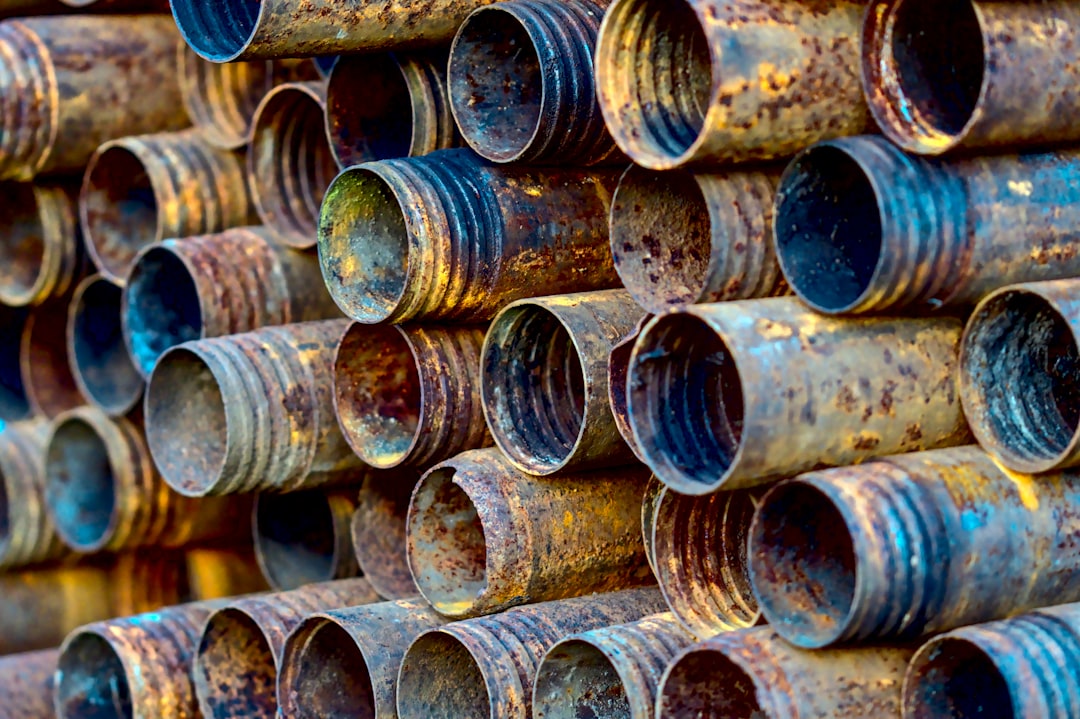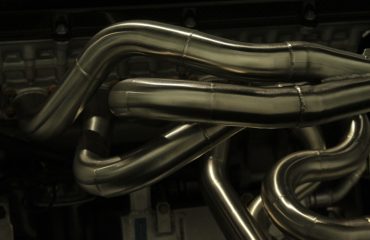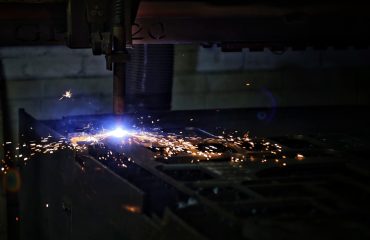body {
font-family: sans-serif;
line-height: 1.6;
}
h1, h2, h3 {
color: #333;
}
code {
background-color: #f0f0f0;
padding: 2px 4px;
border-radius: 4px;
}
The petroleum industry relies heavily on a robust and reliable pipeline network for the efficient transportation of crude oil, natural gas, and refined products. The selection and specification of pipes are critical for safety, operational efficiency, and environmental protection. This post delves into the essential aspects of pipe specifications within this demanding sector.
1. Material Selection: The Foundation of Pipeline Integrity
The choice of pipe material is paramount and dictated by several factors, including the transported fluid (crude oil, natural gas, refined products), operating pressure and temperature, environmental conditions (soil corrosivity, seismic activity), and cost considerations. Common materials include:
- Carbon Steel: The most widely used material due to its strength, weldability, and relatively low cost. However, it’s susceptible to corrosion, requiring protective coatings or cathodic protection systems.
- Stainless Steel: Offers superior corrosion resistance compared to carbon steel, making it suitable for applications involving corrosive fluids or harsh environments. It’s more expensive than carbon steel.
- High-Strength Low-Alloy Steel (HSLA): Provides a balance between strength and weldability, often used in high-pressure pipelines. Its enhanced strength allows for smaller pipe diameters, reducing material costs.
- Cast Iron: Primarily used for smaller diameter pipelines and low-pressure applications. Its brittle nature limits its use in high-pressure or high-stress environments.
- Polyethylene (PE): A popular choice for low-pressure gas distribution pipelines due to its flexibility, corrosion resistance, and ease of installation. However, it has lower temperature and pressure resistance compared to metallic pipes.
Material selection involves careful consideration of material properties, including yield strength, tensile strength, ductility, and corrosion resistance, to ensure pipeline integrity and longevity.
2. Pressure Ratings and Design Codes: Ensuring Safe Operation
Pipelines operate under significant pressure, and accurate pressure rating is crucial for safe operation. Pressure ratings are determined based on factors such as pipe diameter, wall thickness, material properties, and design codes. Common design codes include:
- API 5L: Specifies the requirements for line pipe used in the petroleum and natural gas industries.
- ASME B31.4: Covers the design, fabrication, and installation of liquid petroleum transportation systems.
- ASME B31.8: Addresses the design, fabrication, and installation of gas transmission and distribution piping systems.
These codes provide detailed guidelines on allowable stresses, welding procedures, inspection requirements, and other critical aspects of pipeline design and construction. The pressure rating is typically expressed in terms of maximum allowable working pressure (MAWP) at a specific temperature.
3. Pipe Diameter and Wall Thickness: Optimizing Flow and Strength
Pipe diameter significantly impacts the flow rate and pressure drop within the pipeline. Larger diameters generally lead to higher flow rates but also increased material costs and construction challenges. Wall thickness, on the other hand, is directly related to the pipe’s strength and pressure resistance. Thicker walls provide higher pressure resistance but also increase material costs and weight.
The selection of optimal diameter and wall thickness requires a balance between flow efficiency, pressure requirements, and cost considerations. Detailed hydraulic calculations and stress analysis are typically performed to determine the appropriate dimensions.
4. Coatings and Corrosion Protection: Extending Pipeline Lifespan
Corrosion is a major concern in the petroleum industry, potentially leading to pipeline failures and environmental damage. Various coatings and corrosion protection methods are employed to extend the lifespan of pipelines. Common coating types include:
- Fusion-Bonded Epoxy (FBE): Provides excellent corrosion protection and is widely used for buried pipelines.
- Three-Layer Polyethylene (3LPE): Offers enhanced protection against corrosion and mechanical damage.
- Polyurethane (PU): Used for above-ground pipelines or in areas with specific environmental requirements.
In addition to coatings, cathodic protection systems are often implemented to mitigate corrosion. These systems use an electrical current to protect the pipeline from corrosion by making it the cathode in an electrochemical cell.
5. Joint Types and Welding Procedures: Ensuring Leak-Free Connections
The integrity of pipeline joints is critical for preventing leaks and maintaining system integrity. Various joint types are used, including:
- Butt welds: A common method for joining pipes, requiring skilled welders and rigorous quality control.
- Flanged joints: Used for connections that require frequent disassembly and reassembly.
- Couplings: Provide a simpler and faster method of joining pipes, particularly for smaller diameters.
Welding procedures must comply with relevant codes and standards to ensure the strength and integrity of the joints. Non-destructive testing (NDT) methods, such as radiographic testing and ultrasonic testing, are often used to verify the quality of welds.
Understanding and correctly specifying these aspects of pipeline design is crucial for the safe and efficient operation of petroleum pipelines. Careful consideration of material selection, pressure ratings, diameter, coatings, and joint types ensures the long-term reliability and environmental responsibility of the entire system.
SEO Tags:
- Petroleum Pipeline Specifications
- Pipe Material Selection Oil & Gas
- Pipeline Pressure Ratings
- Pipeline Corrosion Protection
- API 5L Pipe Specifications




